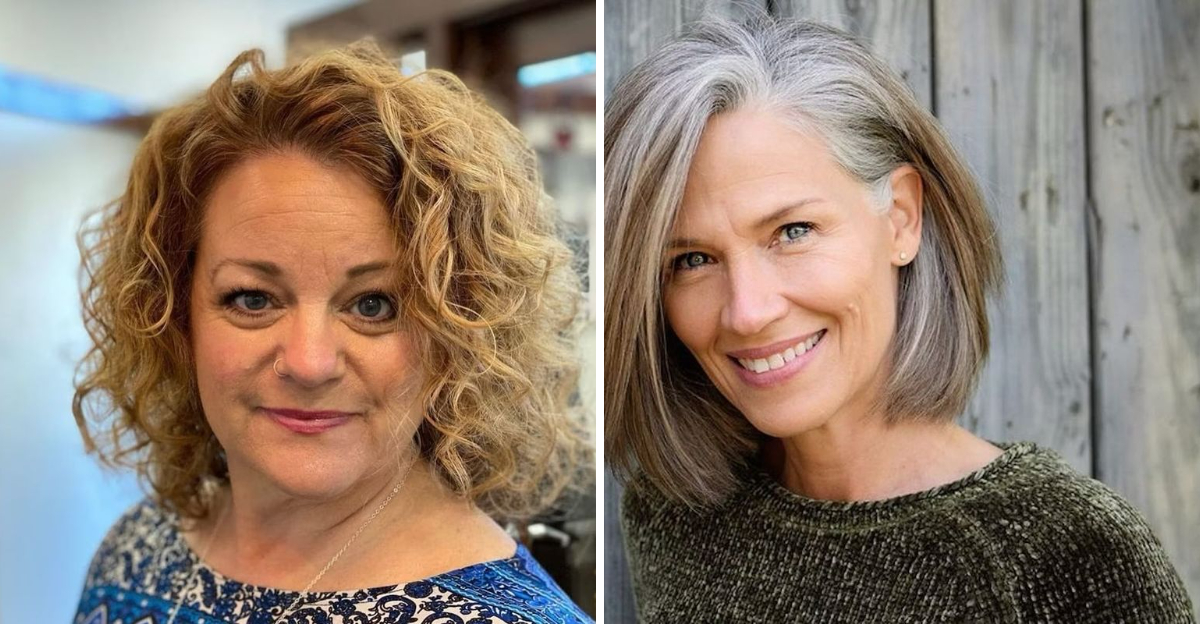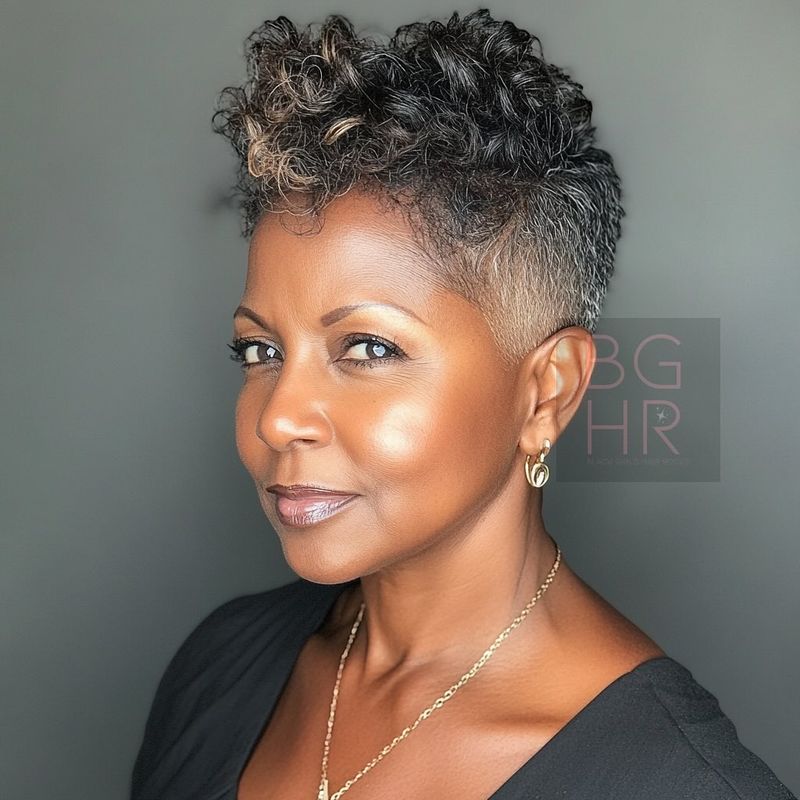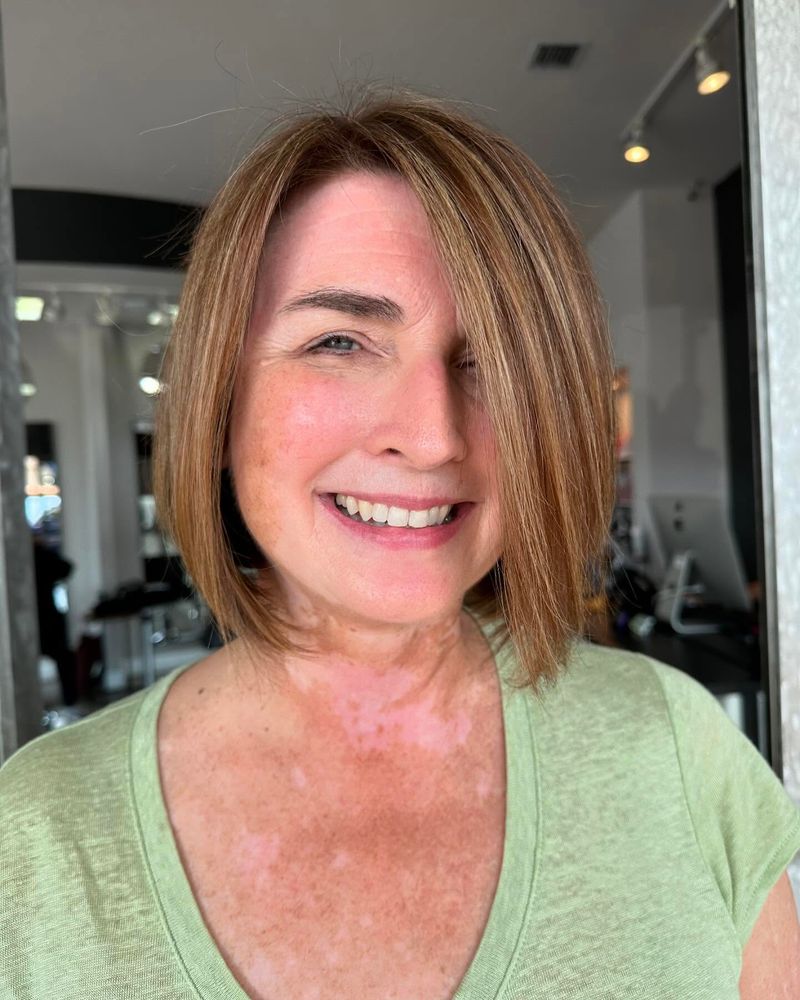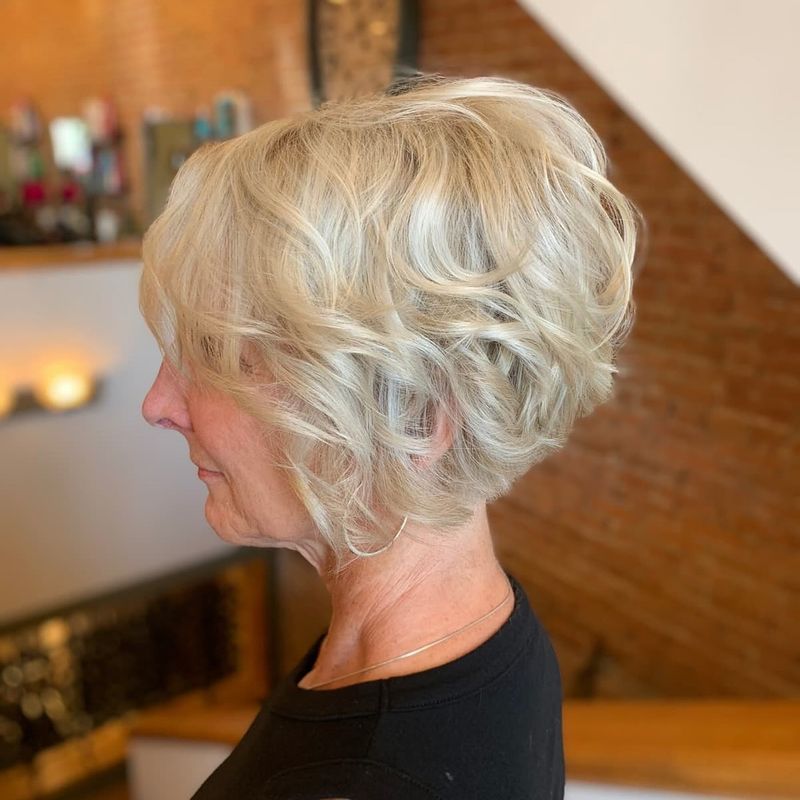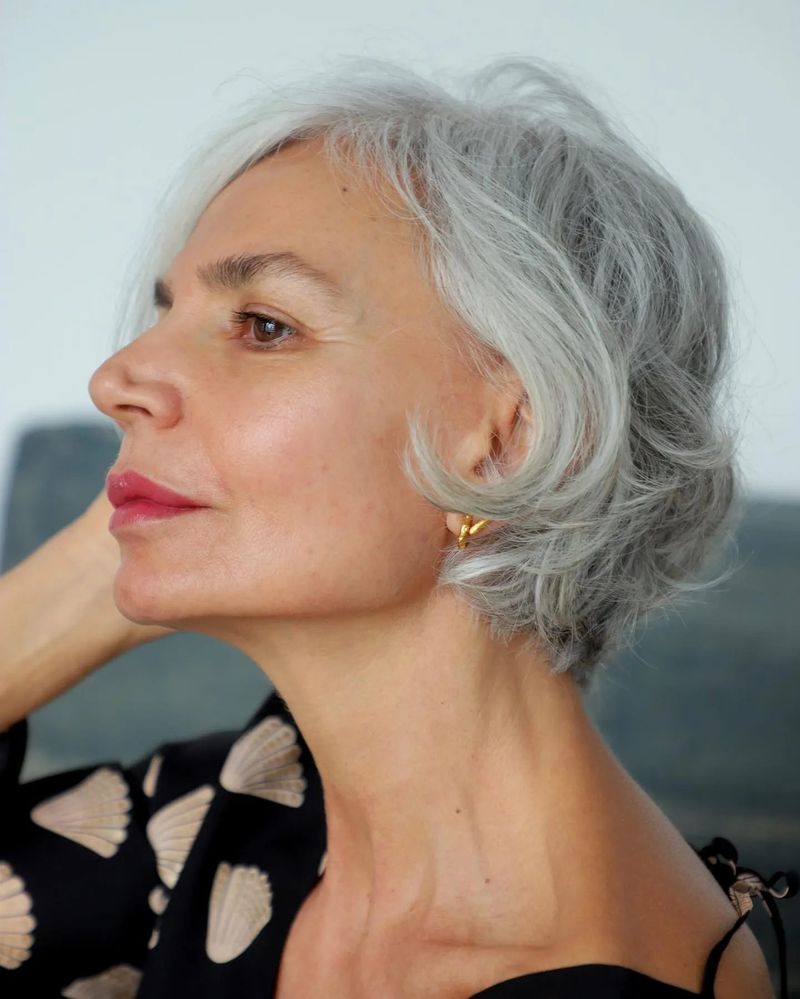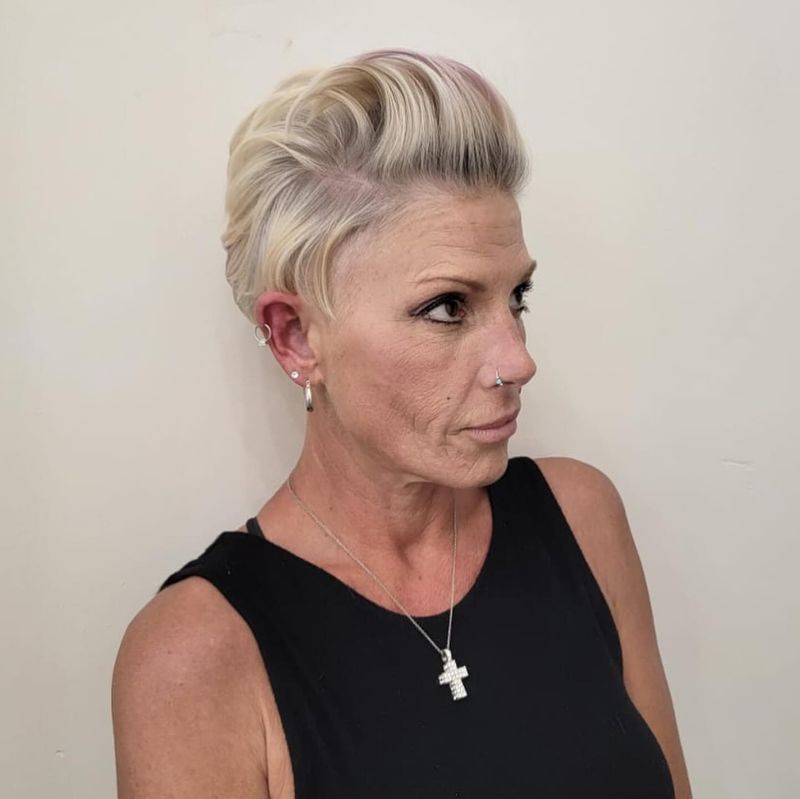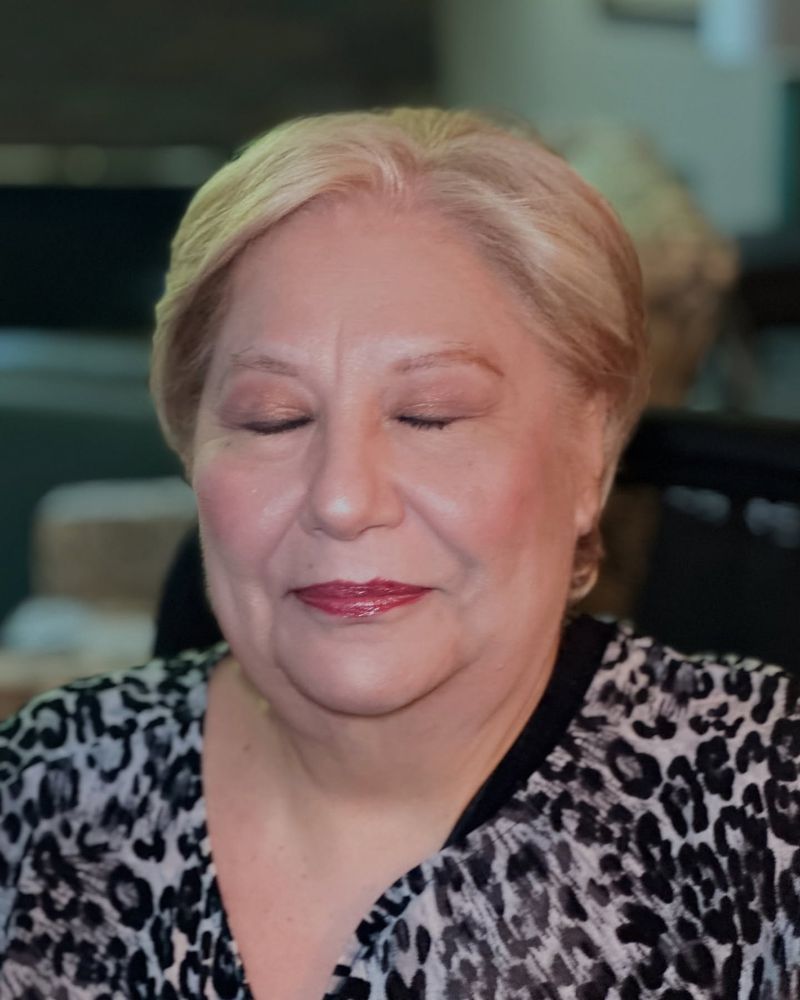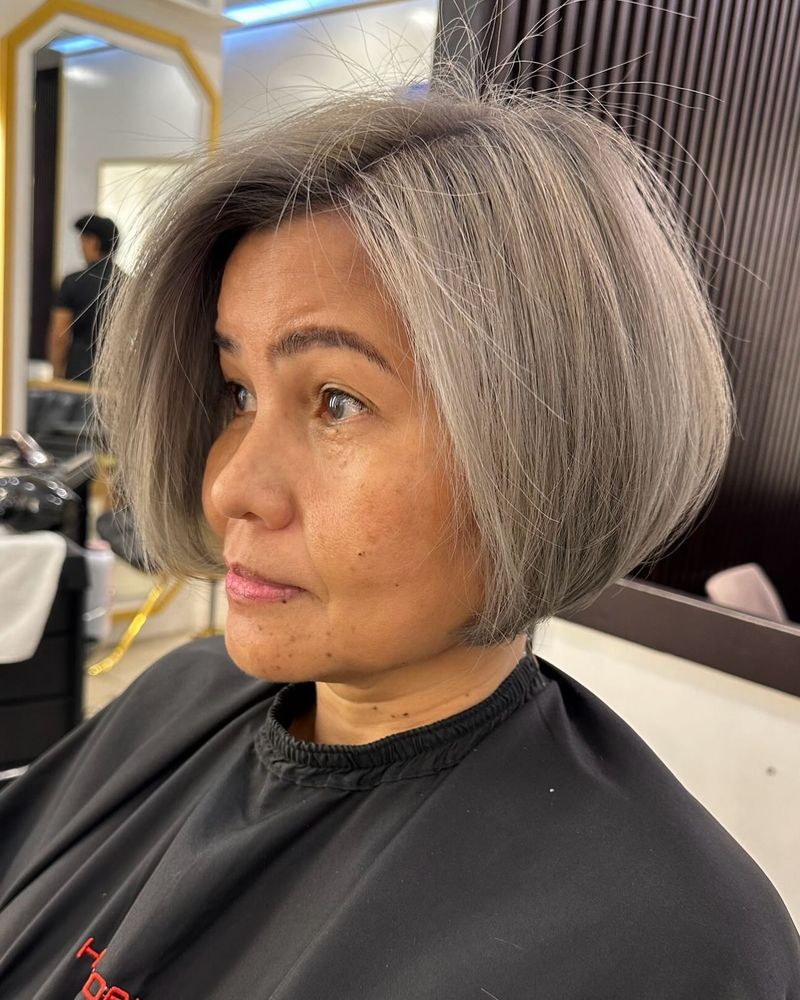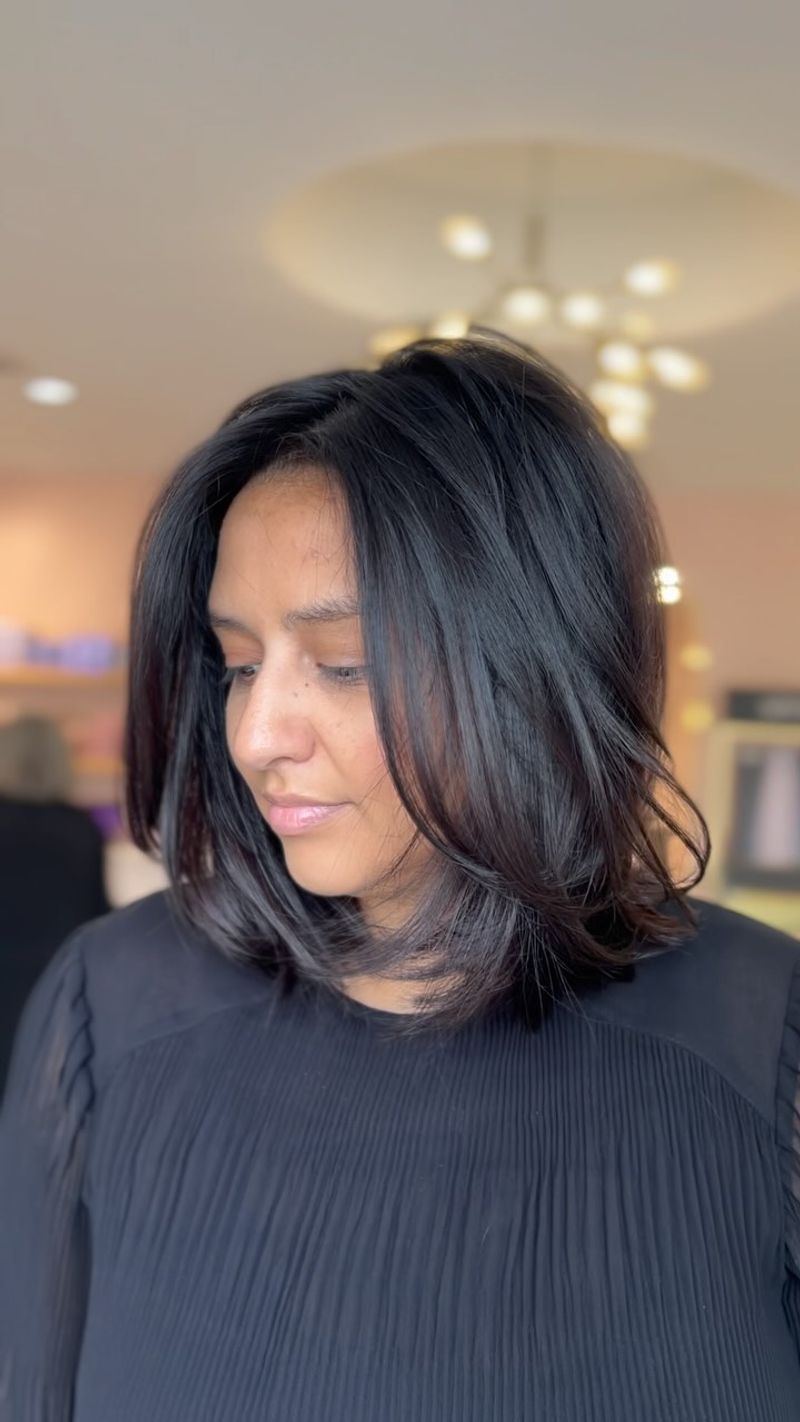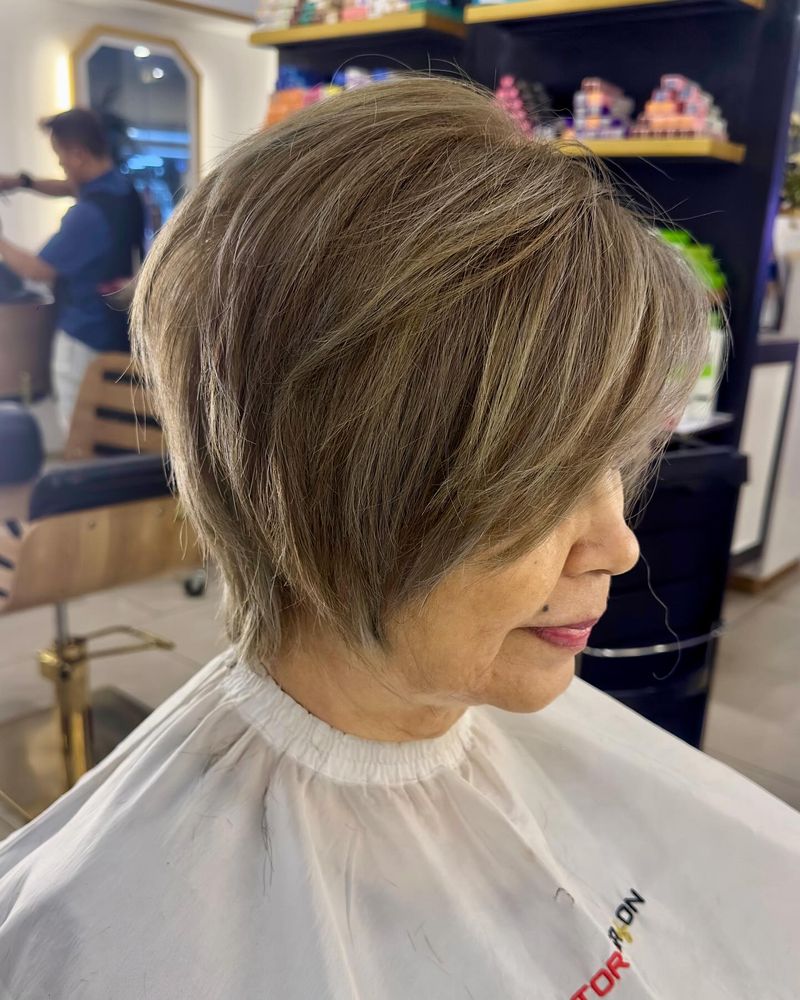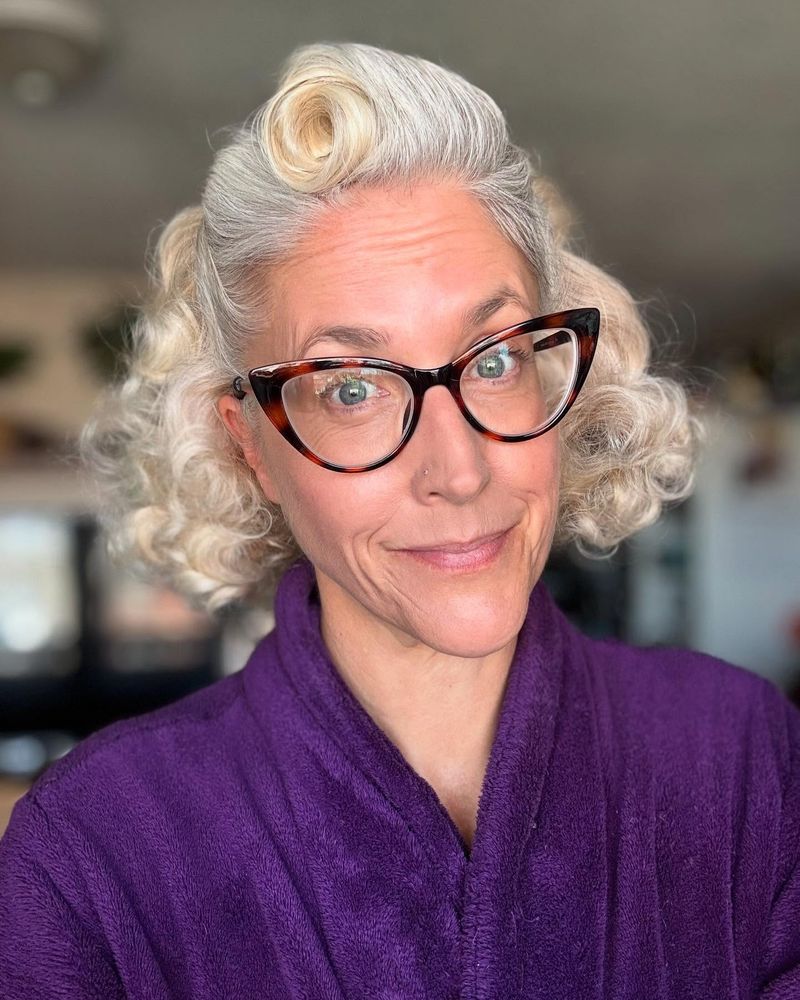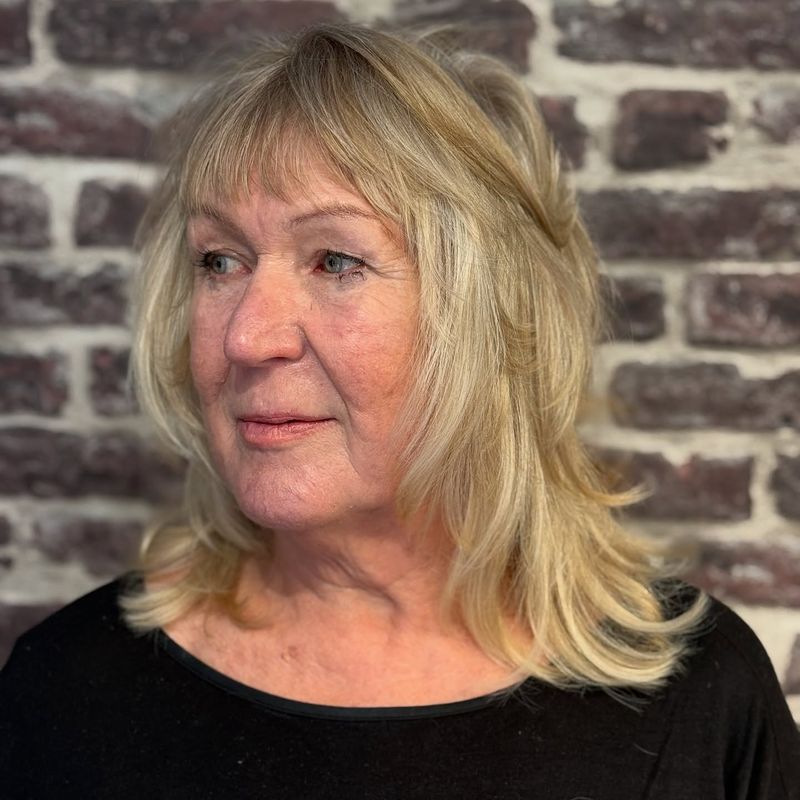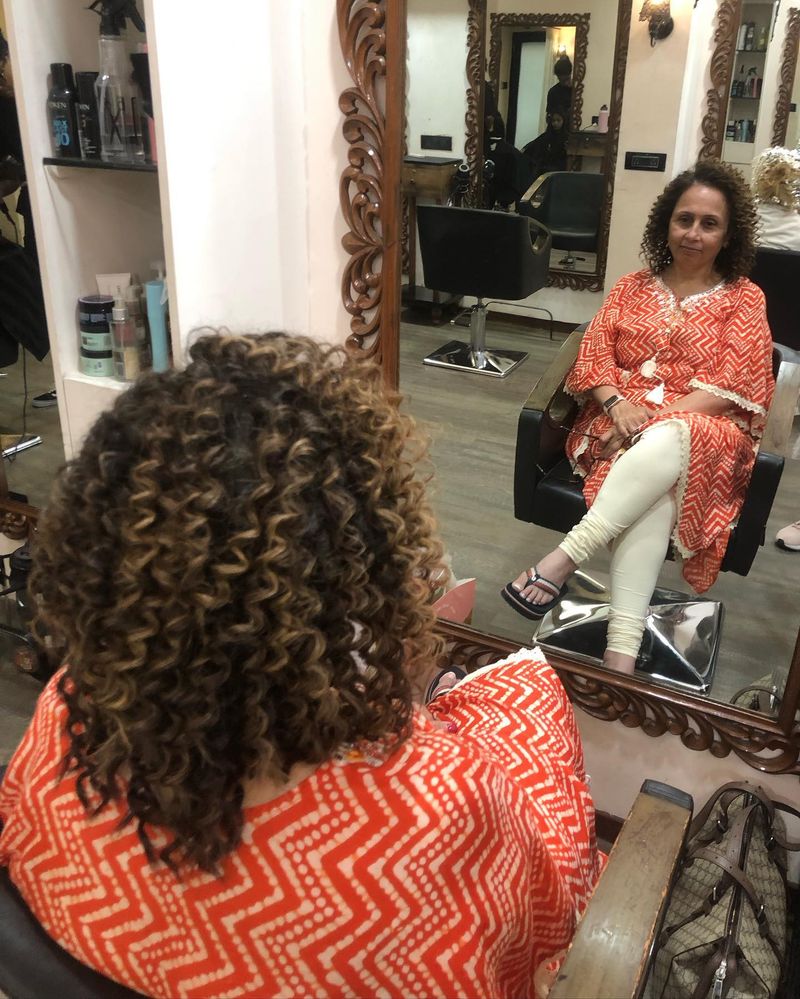As we journey past 50, our hair changes in texture, thickness, and overall health. Embracing sustainable haircare becomes not just good for the planet but essential for maintaining vibrant locks during this new chapter. Let’s explore which practices truly matter for mature hair and which ones you can happily leave behind.
1. Sulfate-Free Cleansing
Your aging hair needs gentler cleansing now. Harsh sulfates strip natural oils that your scalp produces less of after 50. Switching to sulfate-free shampoos preserves moisture while still getting your hair clean. Your strands will thank you with improved shine and manageability.
2. Weekly Deep Conditioning
Mature hair thirsts for moisture like plants need rain. Deep conditioning treatments replenish what time takes away, feeding your strands essential nutrients. Make this a non-negotiable weekly ritual. Just 15-20 minutes under a shower cap transforms brittle hair into silky, manageable locks.
Related: -7 Straight-Hair Problems No One Talks About And 8 Easy Fixes That Shine
3. Scalp Massage Ritual
Blood circulation diminishes as we age, affecting hair growth. Regular scalp massages stimulate follicles and distribute natural oils throughout your hair. Spend just three minutes daily with fingertips (not nails) working in small circles. This simple practice encourages healthier growth while providing stress relief.
4. Heat Protection Always
Mature hair becomes increasingly vulnerable to heat damage. The protective lipid layer thins with age, leaving strands defenseless against styling tools. Apply heat protectant every single time—no exceptions! Look for products with natural oils that shield without weighing down your lighter hair texture.
5. Microfiber Towel Drying
Rough cotton towels create friction that damages fragile aging hair. Microfiber alternatives absorb water faster while being gentler on your strands. Simply wrap and squeeze—never rub! This small change reduces breakage dramatically. Plus, microfiber towels are washable and long-lasting, making them an eco-friendly choice.
6. Natural Bristle Brushing
Synthetic brushes can catch and tear delicate aging hair. Natural bristle brushes distribute oils from root to tip, creating natural shine without products. Brush from bottom to top, working through tangles gently. This traditional tool supports hair health while lasting years longer than plastic alternatives.
7. Silk Pillowcase Protection
Cotton pillowcases create friction that breaks aging hair while you sleep. Silk alternatives allow strands to glide smoothly, preserving your style and preventing breakage. Morning frizz becomes a thing of the past! This single swap reduces styling time and product usage, making it both practical and sustainable.
8. Plant-Based Coloring Options
Chemical dyes become harsher on aging hair and scalp. Plant-based alternatives like henna, indigo, or herbal glosses offer gentler coverage with added conditioning benefits. Colors may be less dramatic but hair health improves noticeably. Your scalp will appreciate fewer irritating chemicals while the planet thanks you.
9. Regular Trims Schedule
Split ends travel upward, creating more damage as we wait longer between cuts. Scheduling regular trims every 8-10 weeks prevents this cascade effect. Even taking off 1/4 inch makes a difference! Healthy ends create the illusion of thicker hair, addressing a common concern for women over 50.
10. Nutritional Support
Hair grows from within, reflecting our internal health. After 50, targeted supplements like biotin, collagen, and omega-3s provide building blocks for stronger strands. Pair supplements with foods rich in these nutrients. This inside-out approach yields more sustainable results than any external product alone could deliver.
11. Skip Daily Washing
Washing mature hair daily strips essential moisture your scalp produces less of now. Train your hair to go 2-3 days between washes instead. Use dry shampoo made from natural starches for refresh days. Your hair’s natural texture improves, requiring less styling product and heat damage.
12. Ditch Alcohol-Based Products
Many styling products contain drying alcohols that further dehydrate already-thirsty mature hair. Check ingredient lists and eliminate anything with alcohol high on the list. Replace with water-based or oil-based alternatives. Your hair will maintain moisture better, reducing the frizz common in aging hair textures.
13. Farewell to Heavy Styling Products
Thick mousses and gels weigh down thinning hair that comes with age. They create buildup that makes clean hair look dirty faster. Opt for lightweight serums or foams designed specifically for mature hair. Less product creates more natural movement while reducing how often you need to wash.
14. Eliminate Hot Tools Daily
Daily flat ironing or curling damages aging hair beyond its ability to recover. Heat breaks down protein bonds that are already fragile after 50. Reserve hot tools for special occasions only. Embrace air-drying techniques that work with your natural texture instead of fighting against it.
15. Goodbye to Permanent Perms
Harsh chemicals in traditional perms severely damage aging hair that’s already prone to dryness. The ammonia and thioglycolates permanently alter hair structure. Explore gentler alternatives like foam rollers or braiding for texture. Working with your natural pattern creates sustainable style without the chemical aftermath.

